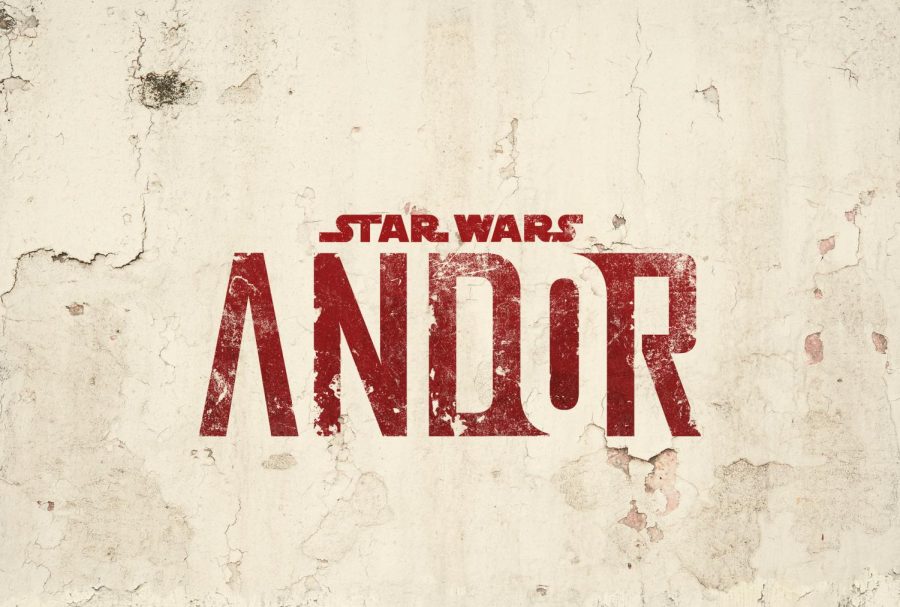The dark side
Andor, a new Star Wars spinoff, encapsulates the darker side of Star Wars.
Star Wars’ new Andor is packed with the action befitting of any high-quality spinoff.
The moon, people, Christmas trees, and Star Wars share a common trait; they possess a dark side that is rarely seen and is hardly as pleasant as their happier facade. A recent show, Andor encapsulates the darker side of Star Wars into an engaging, binge-worthy series; masterfully combining sacrifice, loss, and conflict.
Recent Star Wars shows have struggled with visual quality. Kenobi, for example, was often riddled with dark-lit scenes and unnecessary camera shake. Andor managed to avoid this; maintaining the feel of darkness while having enough light to see details. The camera also remained steady throughout. This quality was necessary to achieve the full potential of the scenes, which enriched the show in general.
For most shows and movies, fame is only possible with a springboard of good scenery. While Andor is not an Emmy-quality work, its success was possible thanks to excellent scenes. Working with the lighting, the scenes had more purpose than just a backdrop. They distinguished the Rebels from the Empire. In scenes where the Rebels took center stage, the environment was dirty, asymmetrical, and overall ugly. This symbolized their movement: cluttered, disorganized, and weak. The Empire’s scenes were juxtaposed with this – Their ecosystem had swaths of pristine white walls, cavernous conference rooms and halls, and flashy displays of power. This conveyed a message of wealth, leverage, and size. While it would seem that the Rebels would be crushed by the overbearing Empire, as the plot progressed, this belief would be disproven.
The Andor plot progressed fluently. The Empire, keen on ridding the galaxy of Rebels, chased the protagonists down the plot line, almost catching them, but were consistently eluded. This ensured that the story wasn’t bouncing all over, but also kept swift enough to be engaging. It fused the rising action with the plot spectacularly, so viewers were not bombarded with the full action right away. The plot quality contributed directly to character development, which also exceeded expectations.
The character quality in Andor was more than adequate. Every Rebel had their own story on why they were fighting the Empire, and every character had a unique set of traits. Some were zealous, some were timid, and some were in between. Andor is a show about deception, and the characters were certainly portrayed in a way that made their double lives convincing. Another aspect of the characters was a lack of face coverings. Very few people killed had helmets on, displaying that while the Empire is shown to be evil, it is made up of ordinary people not much different than the Rebels. It shows that it is easy to justify killing “bad guys” until it is realized that they are people as well. That was a positive trait about Andor that may have gone unnoticed by some.
If a show has episodes that are too long, it loses its binge-worthy status and instead looks more like a film series. So, producers must fit all the necessary elements of a show into an episode that isn’t too long. While the 40 to 50 time for each episode may have the show seem a bit bloated, it is essential to note that the credits take about 7 minutes to complete, so the actual time is around 33-43 minutes long. This is like other Star Wars series. So, the episode time was long enough to give the illusion of a quickly finished series and push the character development forward.
All aspects of Andor joined forces to constitute a high-quality Star Wars show. This series shed some light on the dirty side of the Rebellion, while somehow keeping clean standards of quality. It is a must-watch for any serious Star Wars fan, although a casual viewer would be encouraged to watch it as well. This show has displayed that even the noblest of causes, the happiest person, or the most beautiful landscape has a darker underbelly that can be exposed with a little digging.


